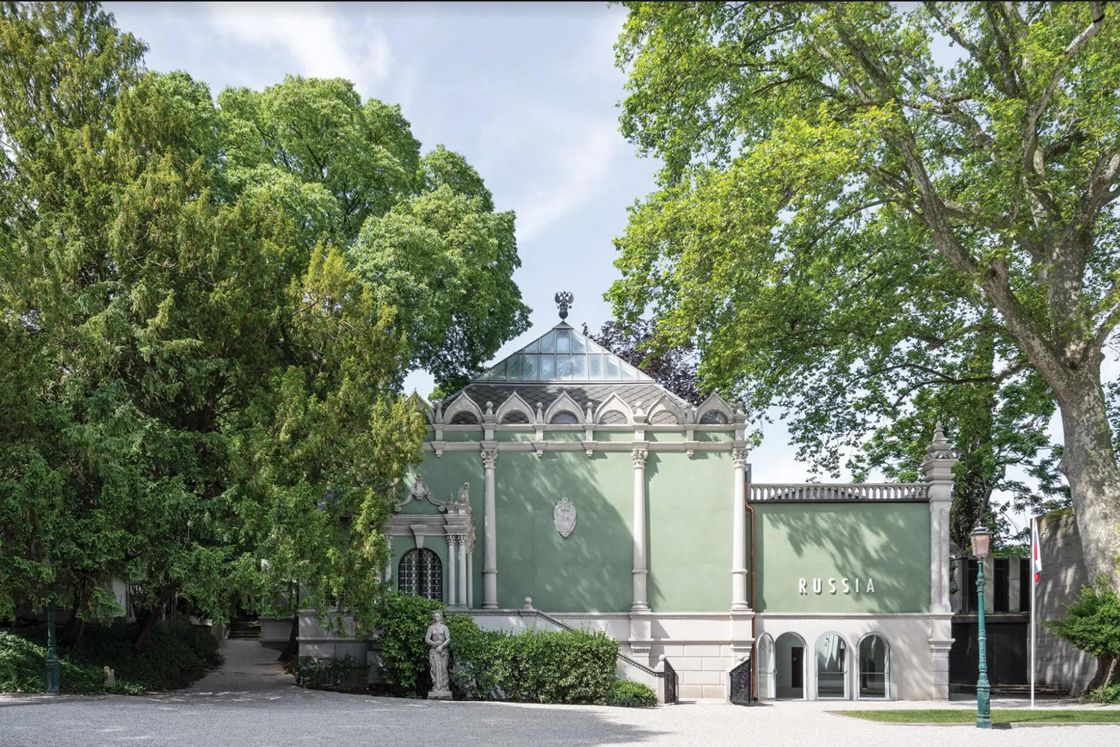A museum in Seoul will not return the works it has on loan from the Ekaterinburg Museum of Fine Arts. The Russian museum has requested 63 works, but the South Korean Sejong Centre for the Performing Arts has refused.
This exhibition “Kandinsky, Malevich & Russian Avant-Gard” was a travelling one, moving internationally between museums until its journey came to a halt in Korea. The museum will not be handing the works back early as Russia requested, but will be keeping them till the end of the original contract.
Many cultural institutions have taken stands against the Russian Invasion. The London National Gallery has renamed The Russian Dancers by Degas as the Ukrainian Dancers in order to more fairly represent its subjects.
Italy and Japan have a collective 46 million dollars worth of Russian art on loan that was seized at the Finnish border due to EU sanctions. There are ongoing debates about whether or not art works fall under sanctions. Some feel that the seizures of these works could play in President Putin’s narrative and demonization of the West.
“The seizure of these works — even though they have been released — affects the confidence of the international art world in this system,” said Thomas C. Danzinger, an art market lawyer. “Even the slightest risk that a work of art won’t be returned by the borrower would be sufficient to kill many — if not most — prospective international loans.”
This year’s Venice Biennale will not feature any Russian works, and the country's pavilion will likely be empty. Meanwhile, Ukrainian artists are struggling to participate. The organisers said: “If the situation changes, and it is safe to continue our work and travel, we will be in Venice.”

It is impossible to guess how this war will shape Russia’s relations with European museums and cultural institutions. Russia hasn’t loaned art to the United States since 2011 in order to avoid their works not being returned. Spain, the Netherlands, Britain and Austria have all called on other institutions to cancel collaborations with Russia.
Many may feel the isolation and fragmentation of the art world robs the community of intercultural exchange and influence, or that art should be above geopolitics. Art is inherently political and social; the ideas we choose to display and whom we choose to collaborate with matters a great deal. The protests by these institutions align with the United Nations Sustainable Development Goal of Peace, Justice and Strong Institutions.
This goal reflects the art world’s influence over ideas and attitudes. In an ideal world, art would be separate from the evils of humankind. Art reflects the best and worst of what it means to be a person. We must consider how the art we create, celebrate and showcase influences the discourses of our lives and our wars and what these choices say about our institutions and about us as people.
